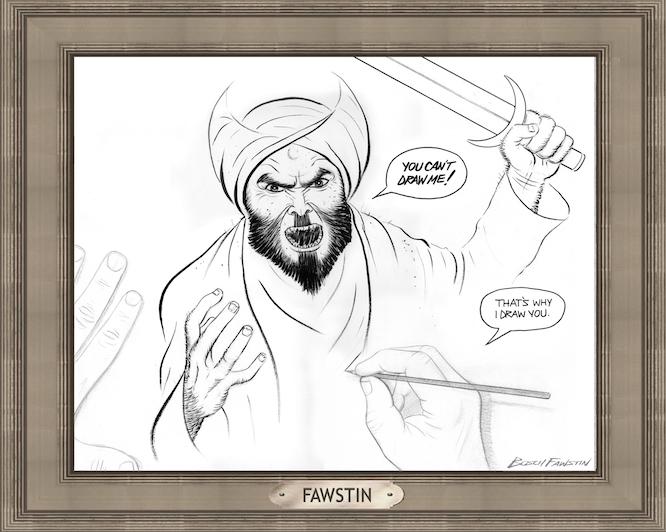By: Jeffrey Klein, Political Buzz Examiner
Examiner.com
About 68 percent of American’s identify themselves as either a Democrat or Republican, mainly because they feel an affinity with the articulated philosophies, or they have been ‘educated’ into that belief–and typically vote the same way.
As such, these Americans represent the “voter” base of each party, with the collective demographics and psychographics of each typically defining the elements of each party.
The remaining 32 percent of the electorate are called “Independents”, who have chosen not to declare a party affiliation, instead preferring to evaluate the candidates during the election cycle, then deciding which candidate they like the most or conversely, the opponent of the party they do not like.
Anyone with more than a passing familiarity with politics will tell you that it is the Independent voters who decide election outcomes–even though the Democrats and Republicans get [purchase] virtually all of the media attention.
This metaphor easily explains how this all works.
Think of Democrats and Republicans as a different, competing automaker, whose cars are sold in neighborhood showrooms all over the country.
The look, reliability and value of each automaker’s ‘car’ is actually defined by the appearance, words and deeds of the members of each political party–who represent the its’ “brochure.”
Now, simply view Independent voters as “shoppers,” who may visit their neighborhood showroom as often as every two years, to compare the car they have against the competing automaker’s model.
Then, they either keep the one they have, because they like it–or trade it in on the competing model–because their current car has disappointed them, or because they are more impressed with the competing brand this time around.
Once the Republican Presidential Primary process is complete, and the competing car chosen, the Independent voters are so equally important to both automakers, that the entire $1.5 to $2.0 billion dollar combined marketing and advertising budget of both parties will be aimed directly at them–with each automaker desperate to close each and every sale.
Much like “Consumer Reports Magazine,” which gathers data on customer product satisfaction, as well as product safety and performance testing, public polling provides similar insight into the satisfaction of these shoppers, and what they may decide in the showrooms come this November–especially the 53 percent who bought their current automobile brand new, without a test drive, in 2008.
And, as fate would have it, today a Reuters article reported … “Independent voters, who helped propel President Barack Obama to victory in the 2008 election, could be an obstacle in his bid for a second term in the White House, according to a New York Times/CBS News poll published on Wednesday.
A majority of independent voters have soured on Obama’s presidency, disapprove of his handling of the economy and do not have a clear idea of what he hopes to accomplish if re-elected, the Times reported.
Only 31 percent of independent voters have a favorable opinion of the president and two-thirds say he has not made real progress in fixing the economy, the newspaper said.
In 2008, Obama won support from 52 percent of independent voters, compared with 44 percent who supported Republican presidential nominee John McCain.
Then, a December 2011 Rasmussen poll on party affiliation revealed 35.4 percent of Americans identify themselves as Republican–up 1.00 points from November; while those identifying themselves as Democrats fell by 2.20 points in the same period, to just 32.7%–a record low.
In knowing that Barack Obama won the 2008 election by just 3 percent, when you combine the very negative customer satisfaction and product results since 2008, with the net change in voter base registration favoring the Republicans, it would appear that the majority of Independent voters are going to return their “Obamamobiles” in November 2012–for a full refund.
Copyright (c) 2012 by Jeffrey Klein

















